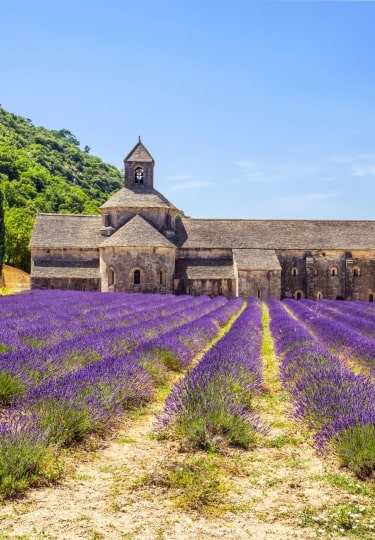One of the largest European nations both in population and landmass, France has a long and storied history. Over this time, its immense cultural legacy has traveled far beyond the confines of its own borders. The instantly recognizable Eiffel Tower, its rich culinary tradition, and even the French way of life are things of which the French people are rightly proud.
Read on to discover what France is best known for before planning a memorable trip to the country of Louis Pasteur, Victor Hugo, and bonbons.
Cuisine

France’s culinary reputation remains one of the preeminent in the world, with its flavorsome sauces, playful patisseries, stick-like bread, stinky cheese, and much, much more. What makes the French menu so extraordinary is its breadth, with everything from rustic fare to haute cuisine often a source of inspiration for much of the rest of the world.
It’s little wonder that the Michelin guide, that bible of the traveling foodie, is a French creation. It’s also not surprising that France remains the leader in Michelin stars. Its best chefs are revered as near deities, their names as familiar as pop stars.
But it’s not all about iodized reductions and trendy kelp. The French are possibly even more proud of their traditional dishes and ingredients. As such, you can find elevated dining in almost any corner of France.
Wine

Paris
While an intrinsic part of the cuisine, wine in France is a totemic element of the cultural weave and another thing France is known for.
French wine is famous for its quality, with a history as long as the finish in a sip of Chateau Margaux. There are over 200 varieties of French wine made from grapes such as Cabernet Sauvignon, Semillon, and Chardonnay. Eleven major wine regions are found throughout the country, with Bordeaux, Burgundy, and sunny Provence perhaps the most famous.
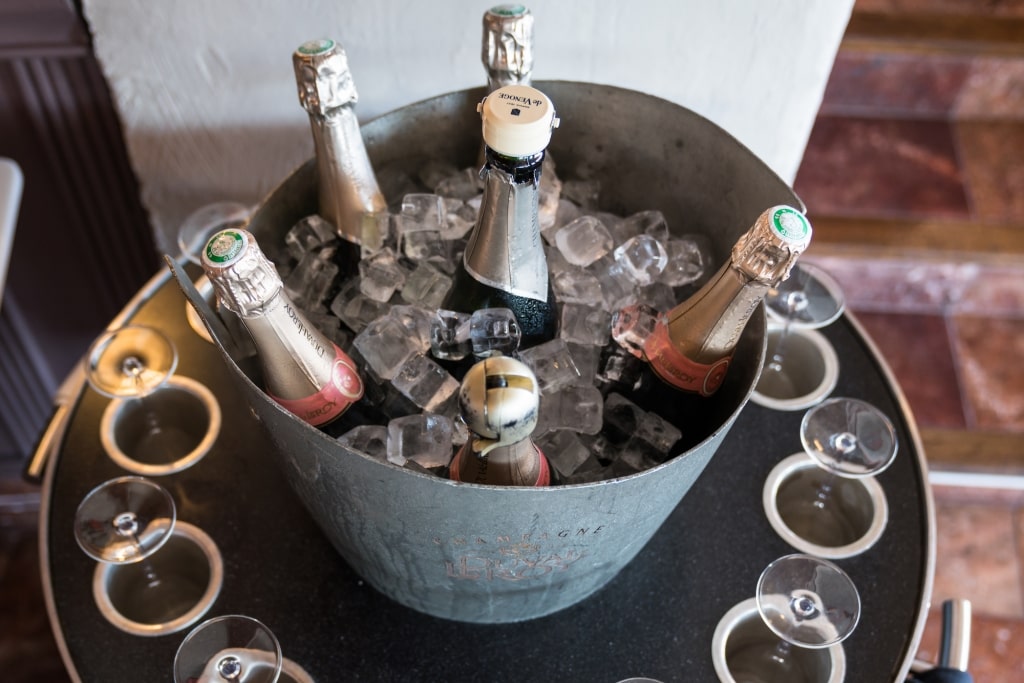
Champagne
Champagne is in a league of its own. While this sparkling wine was originally named for the region it hails from, the word champagne has, thanks to the long dominance of this effervescent French product, almost become shorthand for all types of sparkling wine.
To really understand the sense of wonder and respect that the French have towards their wine, visit somewhere like the legendary Cave Bianchi in Nice. This bottle-logged wine shop and tasting rooms have been introducing people to the very best results of French vinification since 1860. Make an appointment and delve into the dazzling sensory universe of some of the world’s finest wines.
Historic Towns
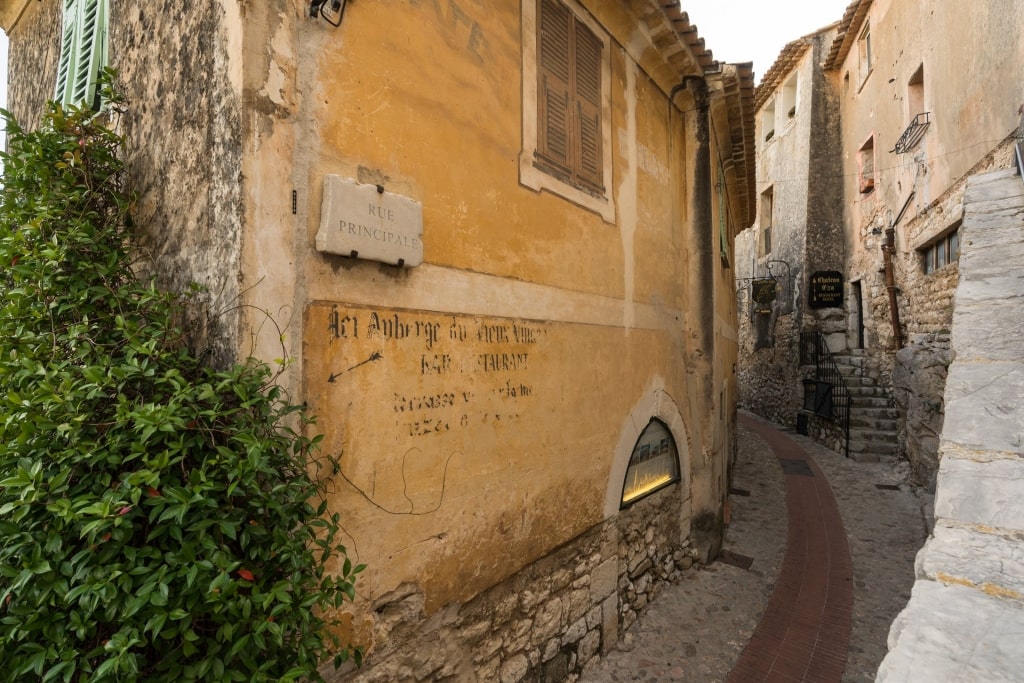
Eze
Walk into a village in France, and there’s something uniquely French in the wear of the old stone buildings, the crunch of the path underfoot, and the scent of the air. For such a large country, the experience of France is something that remains surprisingly homogenous, in spite of the numerous local quirks and subcultures existing throughout its nearly 250,000-square-mile hexagon.
Underscoring this sense of identity is the country’s visual history, which is imprinted on whichever French vista you happen to be passing through—elaborate Roman aqueducts, half-timbered medieval cottages, or the many-paned windows of imposing 19th-century chateaux. When traveling through France, it feels easy to imagine the character of this modern country, where it comes from, and where it’s going.
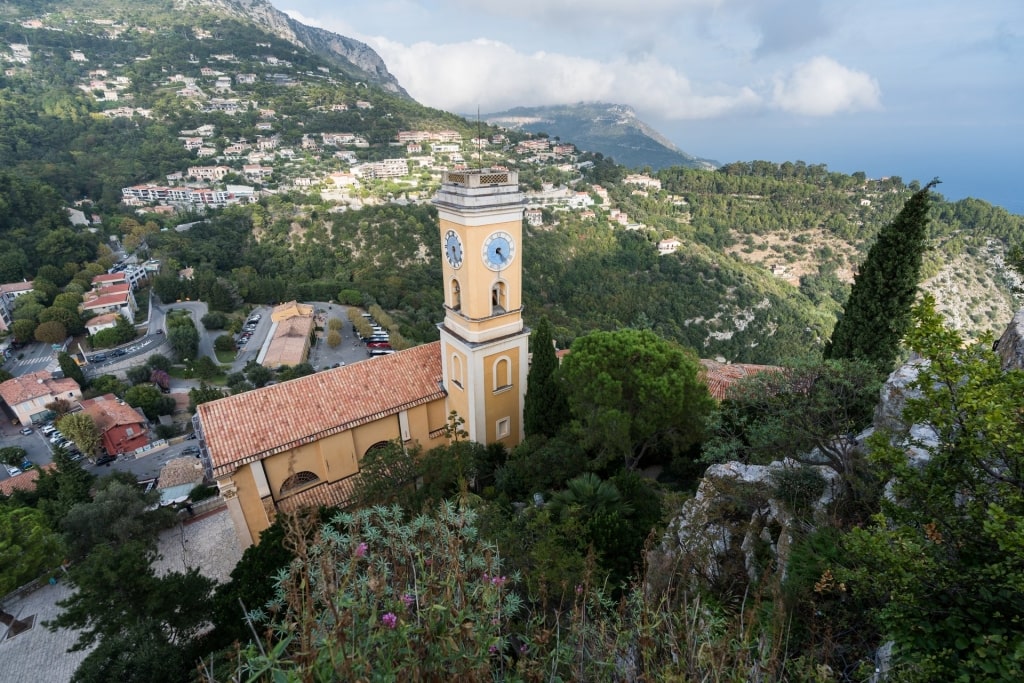
Eze
While journeying through the south, be sure not to miss Arles in the Camargue region. A stop for the history buffs, this timeless town’s highlight is a Roman arena designed in the style of the Colosseum. Schedule in stops at Eze’s dizzyingly-high cafe terraces and Villefranche-sur-Mer’s handsome harbor, brightened by traditional pointu fishing boats.
Paris
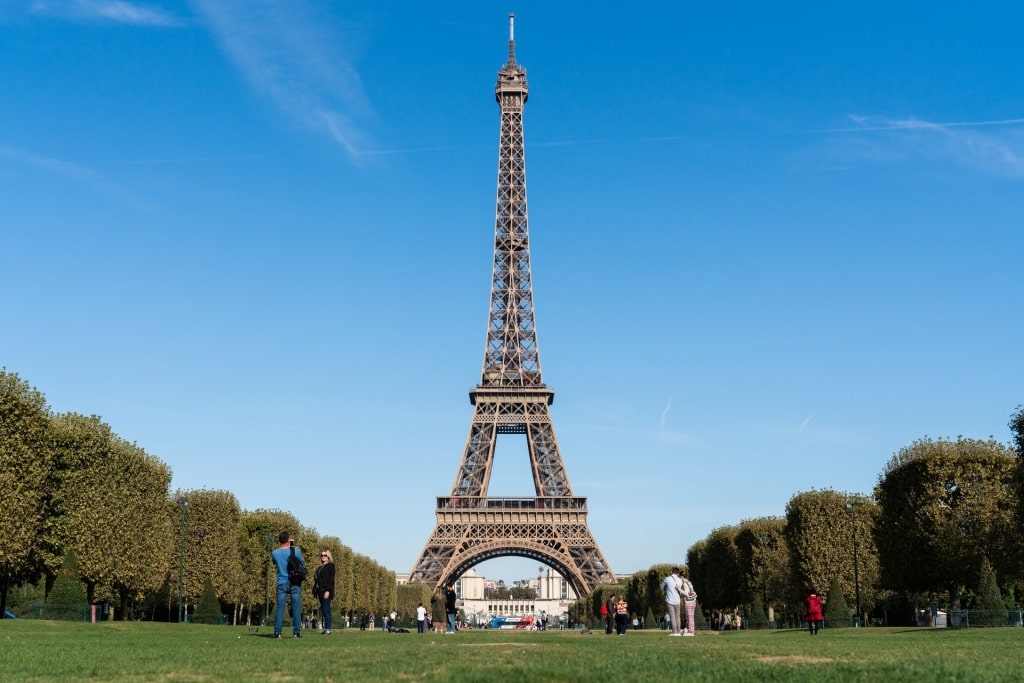
Eiffel Tower, Paris
The City of Light remains one of the world’s most visited destinations—and for good reason. Paris is a vibrant cultural center full of art, architecture, and fabulous restaurants. Its historic city center, with its slate-grey mansard roofs and stately avenues, is a delight to explore on foot.
The epic proportions of the Champs-Élysées encompass a multitude of opportunities to go shopping in France, with everything from Lacoste to Louis Vuitton.

Seine River, Paris
Or just follow the gentle arc of the Seine, the river historically dividing the city into bohemians and aristocrats, although social divisions have mellowed to include a few more shades of social grey. Whatever the season or time of day, a stroll beside its silvery-blue waters throws up magical moments, whether happening across open-air art gallery markets set up on a bridge or spotting landmarks such as the Eiffel Tower as dusk falls, lighting up like a beacon.
And then there’s the Arc de Triomphe, the grand Notre Dame Cathedral soon to be restored to its original 19th-century glory, and the ostentatious Opéra Garnier. It’s an almost unreasonable amount of splendor for one city—but it’s possible to explore all of these even if you only have one day in Paris.
The French Riviera
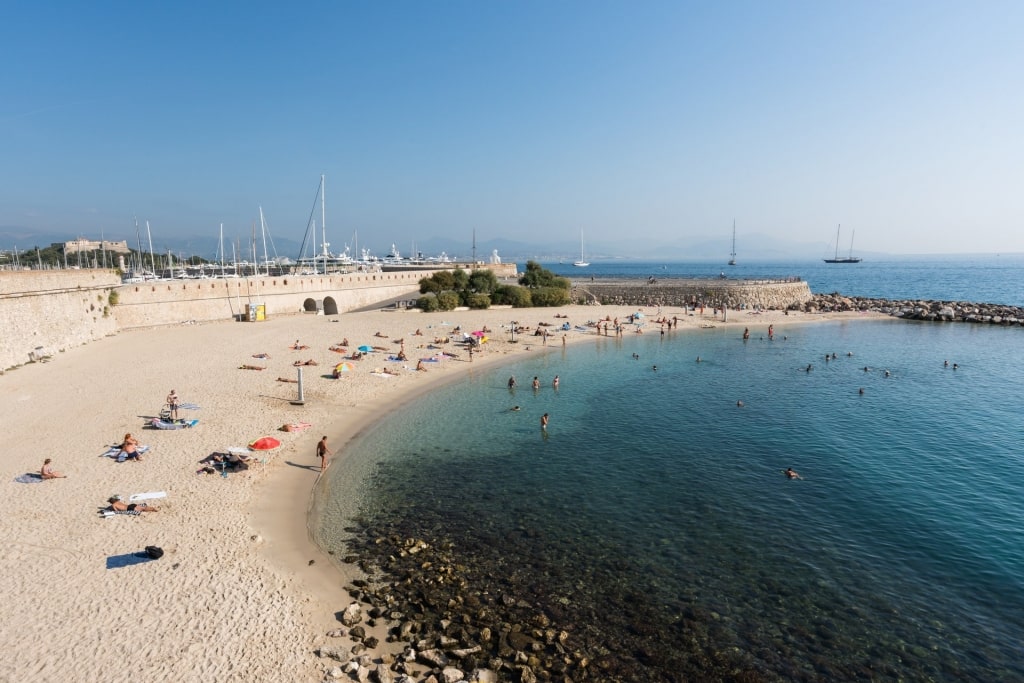
Antibes
Where France sucks in its tummy and dives into the warm waters of the Mediterranean is a dazzling, glamorous stretch of shore known as the Cote d’Azur. It’s home to some of the best beach towns in France.
While its natural attributes of white sand beaches, gentle turquoise breakers, and craggy coast are the key elements of any number of top beach destinations, the French Riviera goes one further with Cannes.
Every May, the great and the good of the film industry gather on the cascading red carpet of the Cannes’ Palais des Festivals et des Congrès for the city’s famous film festival. This annual event, first held in 1946, has supercharged the sense of glamor along the 550 miles of this warm and welcoming coastline.

St. Tropez
Besides Cannes, other famed resort towns include Nice and St. Tropez—essentially fishing villages with pastel-colored old towns studded with upmarket boutiques and overflowing flower baskets.
Don’t neglect the larger cities further along the coast such as Port de Sete and Marseilles, which are steeped in charm and history. Marseilles’ history stretches all the way back as far as 600 BC, its connection to the Ancient Greeks visible in the crypt beneath the castle-like Abbey of Saint-Victor.
Culture

Louvre, Paris
France has an extraordinary cultural heritage. As you’d expect, the richer cities act as the gateways to much of France’s cultural riches.
In Paris, the Louvre, with its instantly recognizable modern glass pyramid enclosed within a classical French courtyard, is the nation’s central repository for its visual arts. The largest museum in the world, the Louvre’s collection numbers nearly 40,000 artifacts. That the building used to be a 12th-century fortress is symbolic of the protectiveness the French often demonstrate towards their cultural attractions and treasures.
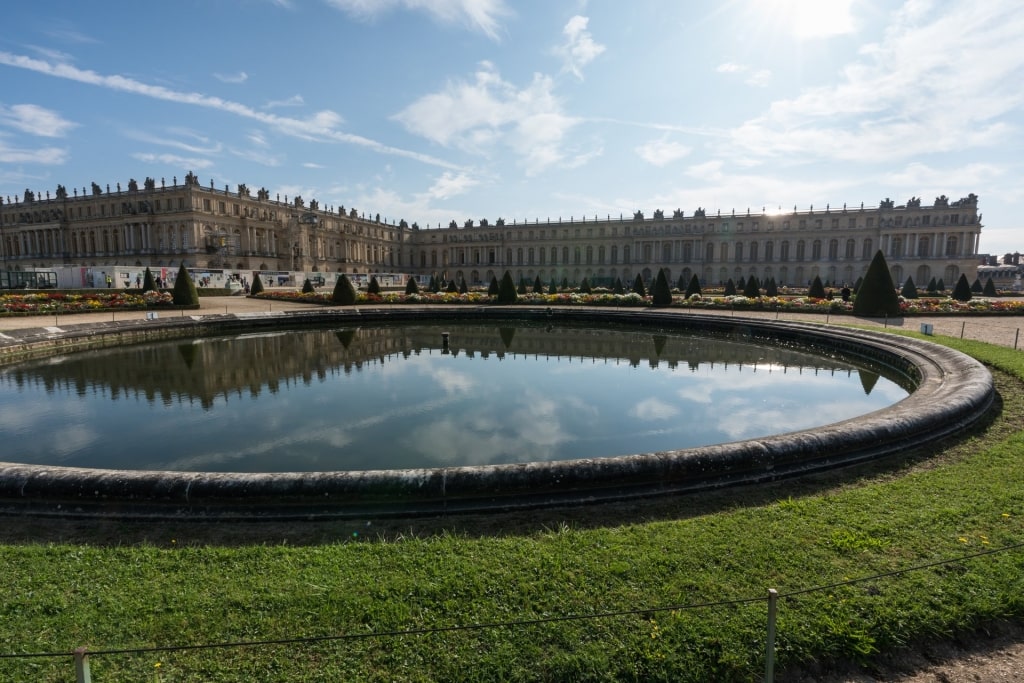
Palace of Versailles, Paris
This protectiveness doesn’t necessarily remain in place during a revolution. Fortunately, the Palace of Versailles—a 45-minute drive from Paris’ city center—is a monument to the grandeur and turbulence of French history. Exploring this UNESCO World Heritage Site—previously the seat of French kings—provides you with exposure to many (often heavily gilded) facets of the local culture: religious, social, and artistic.
Versailles isn’t just a vast and empty relic. The baroque Versailles Cathedral remains an important Catholic holy place for the French, while the Gardens of Versailles are 800 hectares of ostentatious planting and statuary that exist in a perpetual cycle of renewal. Parisians revisit the gardens on day trips, as well as the city of Versailles to browse the many antique shops in its antiquarian district.

MuCEM, Marseilles
French culture is more than just Paris and its satellites. Marseilles’ MuCEM, a strikingly modern edifice fused with the historic Vieux Port, is a museum-shrine to Mediterranean culture. One of the best museums in France, it weaves a colorful tapestry of the region’s stories through a sophisticated multimedia exhibition.
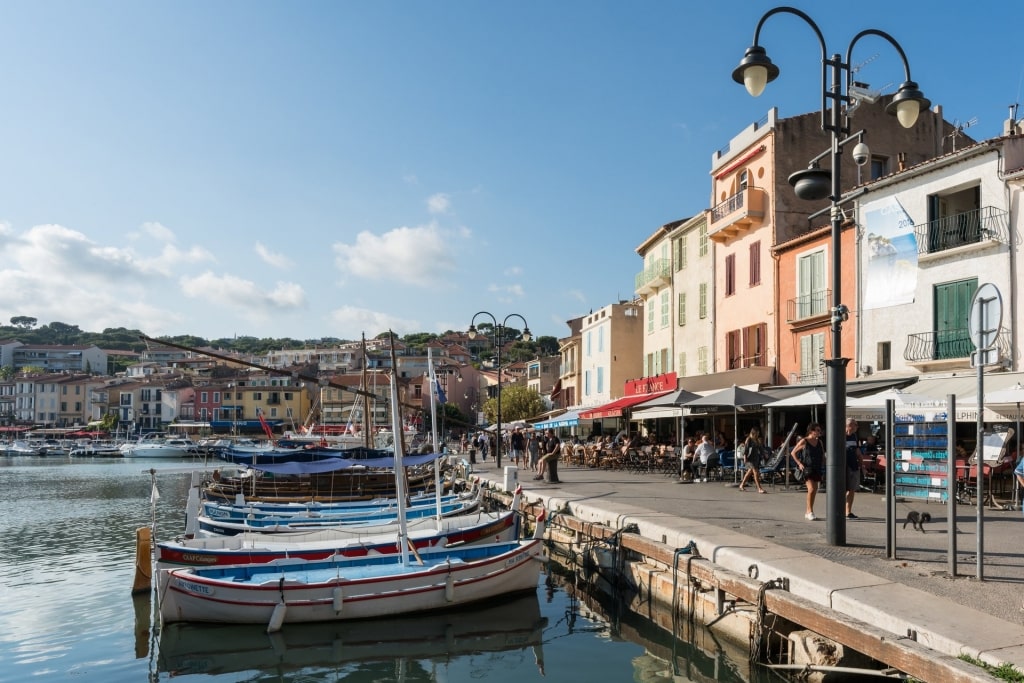
Cassis
And beyond the cities, just walking into a place like Cassis, the ancient fishing port on the south coast, is an open-air cultural immersion all its own. It’s best enjoyed sitting near the port while sipping pastis—essentially refreshing, aniseed-flavored culture in a glass.
Provence
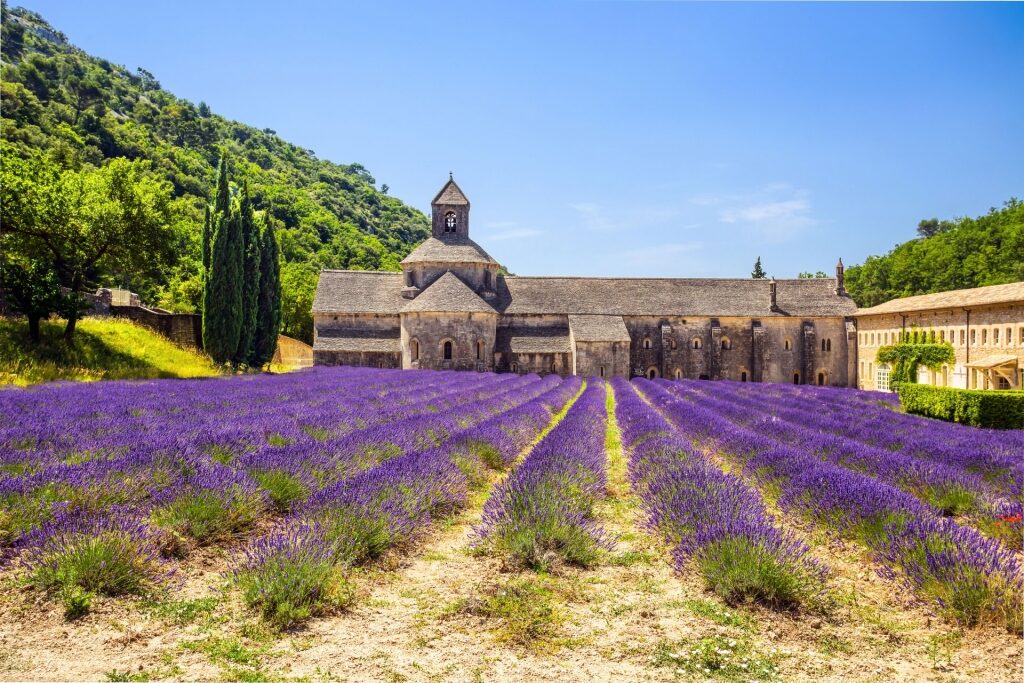
Provence
The luminous violet rows of regimented lavender hummocks are perhaps the most enduring symbol of France’s Provence region (along with a chilled glass of blush pink rosé).
Bordering Italy, Provence offers sun-baked hills beloved by artists, the crystalline waters of the Cote D’Azur, as well as majestic alpine terrain. While Marseilles, the region’s largest city, is recognized as the administrative capital of Provence, it’s the elegant streets of 15th-century Aix-en-Provence—the region’s former capital—that best represents the idealized version of this charming, idiosyncratic corner of France.
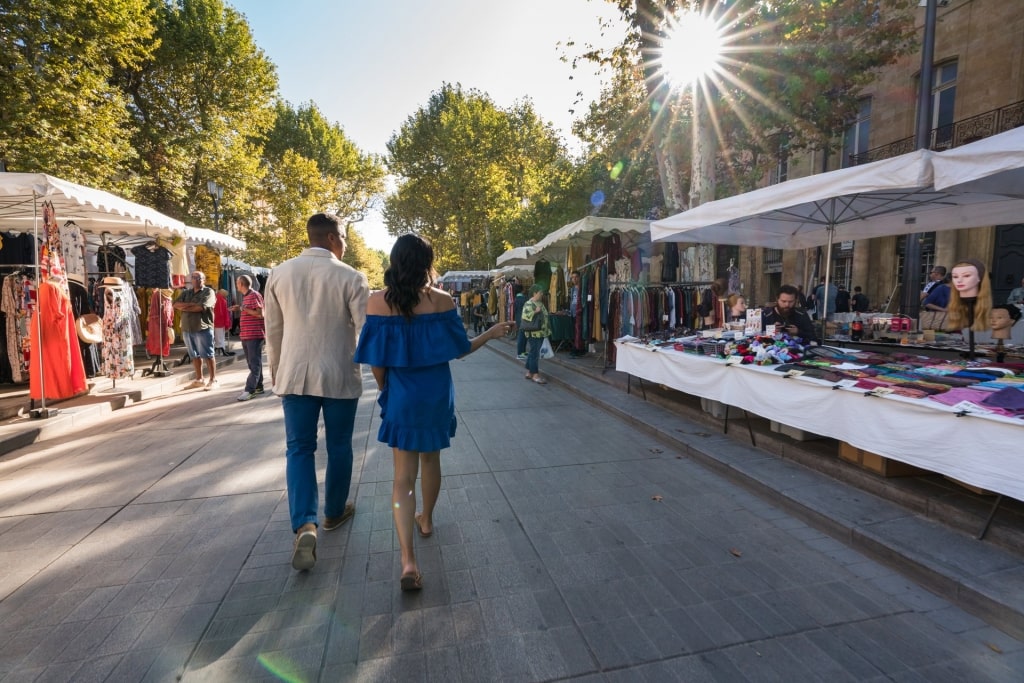
Cours Mirabeau, Aix-en-Provence
The former home of post-impressionist painter Paul Cézanne, Aix has long been one of France’s fortresses of intellectualism and high culture. Its central avenue, Cours Mirabeau, is the genteel center of life in this serenely grandiose university town.
Find a seat and try Provencal food on one of the bistro terraces and watch the warm afternoon unwind beneath the towering plane trees. If it’s market day, delve into the stalls for a sensory tour of this varied and complex region. If Provence were a scent, it’d be a haze of resinous pine, buttery jasmine, and, of course, fragrant lavender.
Read: Majestic Walled Cities in France to Explore
D-Day Landings

Omaha Beach, Normandy
Coastal Normandy, the ruggedly handsome region of France that many Parisians swap their overheating apartments for in August, is also famous as the site of the D-Day Landings in 1944.
Still regarded as the most complex military operation of all time, the invasion saw the simultaneous landing of the Allied forces across five beachheads. The mission paved the way for the end of the Second World War and the defeat of Nazi Germany.
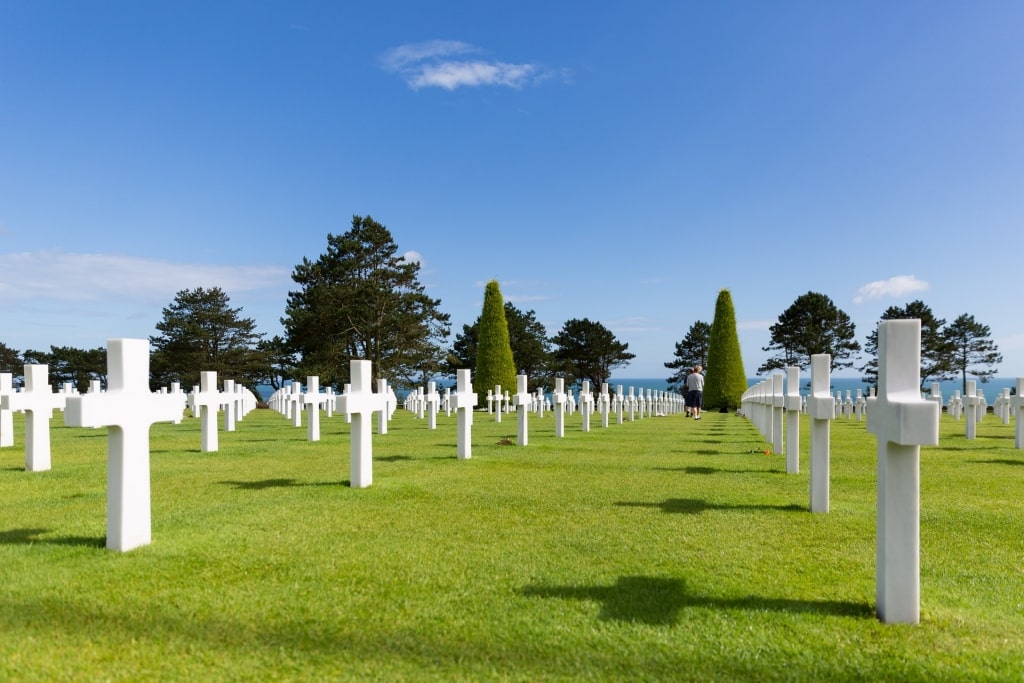
American Cemetery, Normandy
Visitors to Omaha Beach, the site of the Allies’ greatest losses on that day, will find the Les Braves sculptures on the beach itself, with the superb Omaha Beach Memorial Museum and the American Cemetery with its poignant field of white crosses also nearby.
Ancient Waterways

Canal du Midi
The French canal system is a network of nearly 100 canals that run for over 2,700 miles which connect the country’s river systems. It’s top-heavy in design: the northern half of the network is the more extensive, threading through Paris before branching off into Germany and Belgium. The south, while relatively underdeveloped from a canal perspective, has the iconic Canal du Midi.
A UNESCO World Heritage Site for all of its 150-mile length, the Canal du Midi was considered one of France’s greatest engineering feats in the 17th century. Its construction, linking the Garonne River with the Bassin de Thau in the south, made a passage from the Atlantic to the Mediterranean a reality. Its route cuts through the Languedoc wine region, historic Toulouse, and close to numerous sites of historic interest, including Carcassonne.
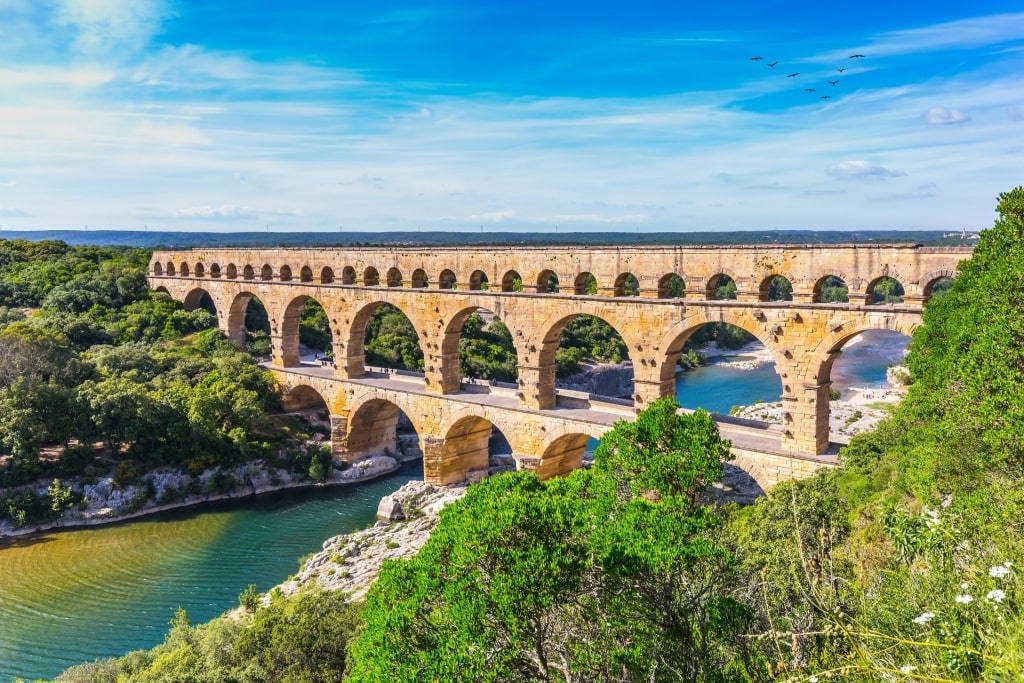
Pont du Gard
Another emblematic and UNESCO-listed waterway of France is the ancient Pont du Gard. This three-tiered Roman aqueduct is one of the country’s most visited ancient monuments. It elegantly hurdles the River Gardon, near Nîmes, its ochre stone arches one of the world’s supreme unions of form and function.
Limestone Fjords

Calanques National Park
France is one of those fortunate nations blessed with natural beauty, from its spectacular Mediterranean coastline with its rocky cliffs and secret coves to marshy riverside regions such as the Rhône Delta.
One of the best things France is known for is its beautiful limestone fjords in the southern part of the country. And one of the best places to experience these fjords is Calanques National Park, situated between Marseille and the small French town of Cassis.
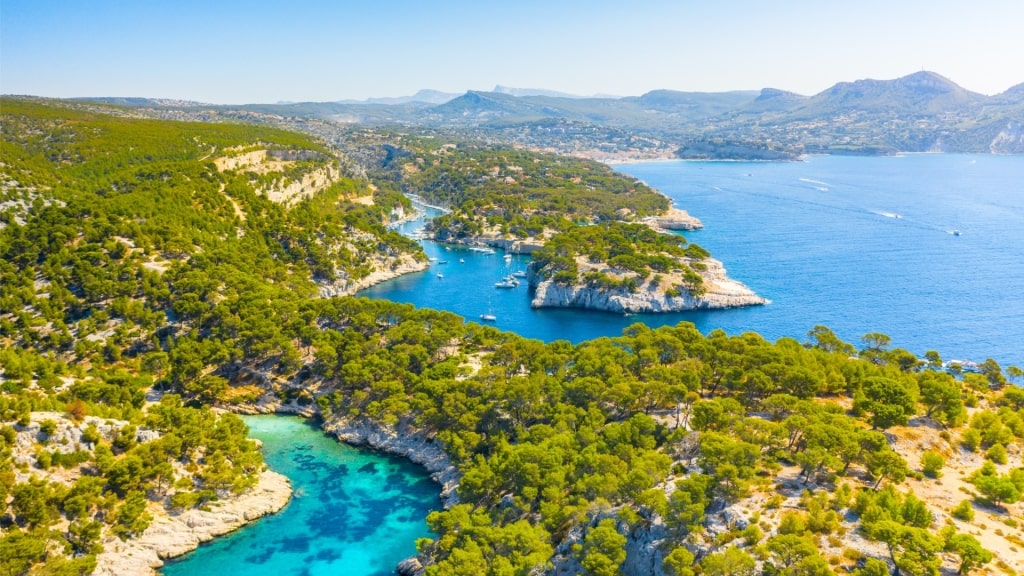
Calanques National Park
The “calanques” are a sequence of bays and coves with limestone cliffs tumbling down to some of the bluest water you will ever come across.
You can walk down to the more accessible coves, trekking past craggy cliff faces along well-marked paths. Another option is booking a boat tour from Marseille or Cassis to admire the scenery from the water.
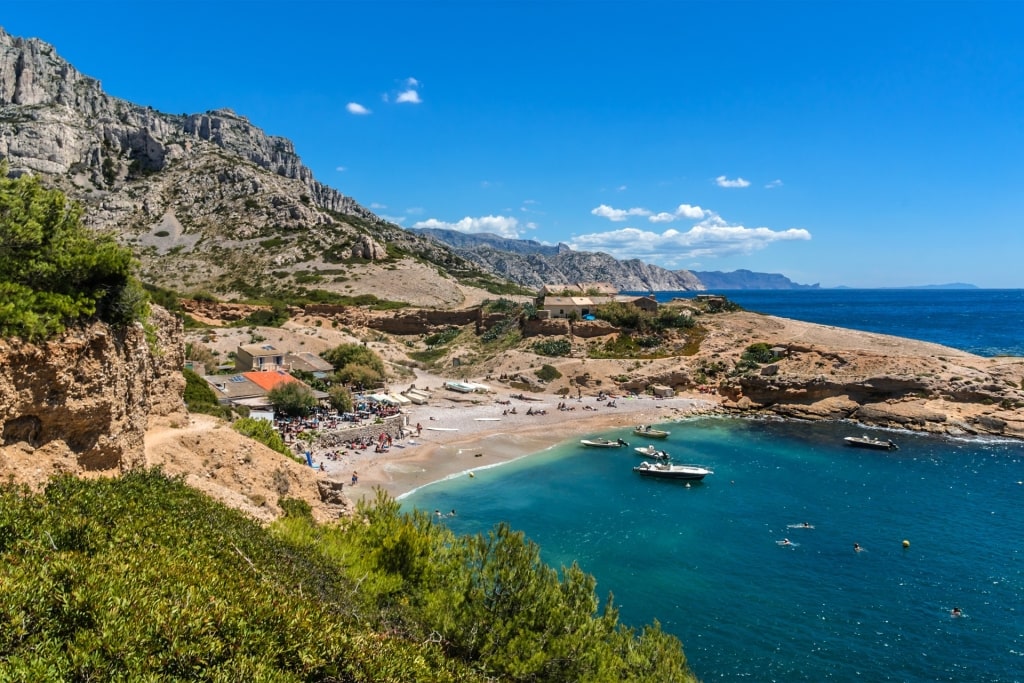
Calanque de Sormiou
One calanque that you won’t want to miss is Calanque d’En-Vau, with its grand cliffs, as well as Calanque de Sormiou, with its tiny natural beach and cabanon fishermen’s houses. These small fjords are ideal for hiking, kayak trips, rock climbing, and swimming.
Gorges du Verdon

Gorges du Verdon
Another delightful geological location in Southern France worth visiting is the magnificent Gorges du Verdon, which also happens to be one of the deepest canyons in France.
Nicknamed “The Grand Canyon of Europe,” the Gorges du Verdon is an enormous canyon carved out by the emerald-green Verdon River, which twists through a massive valley, creating this natural marvel.
There are plenty of marked hiking trails here and on hot days, some brave souls jump into the river from the rocks to cool off. Trekking trails offer breathtaking views from both the rims and the bottom of the canyon.

Lac de Sainte-Croix
You can also relax on the shores of the Lac de Sainte-Croix reservoir at the end of the gorge, or opt for some kayaking, pedal-boating, or paddleboarding.
Forts and Castles
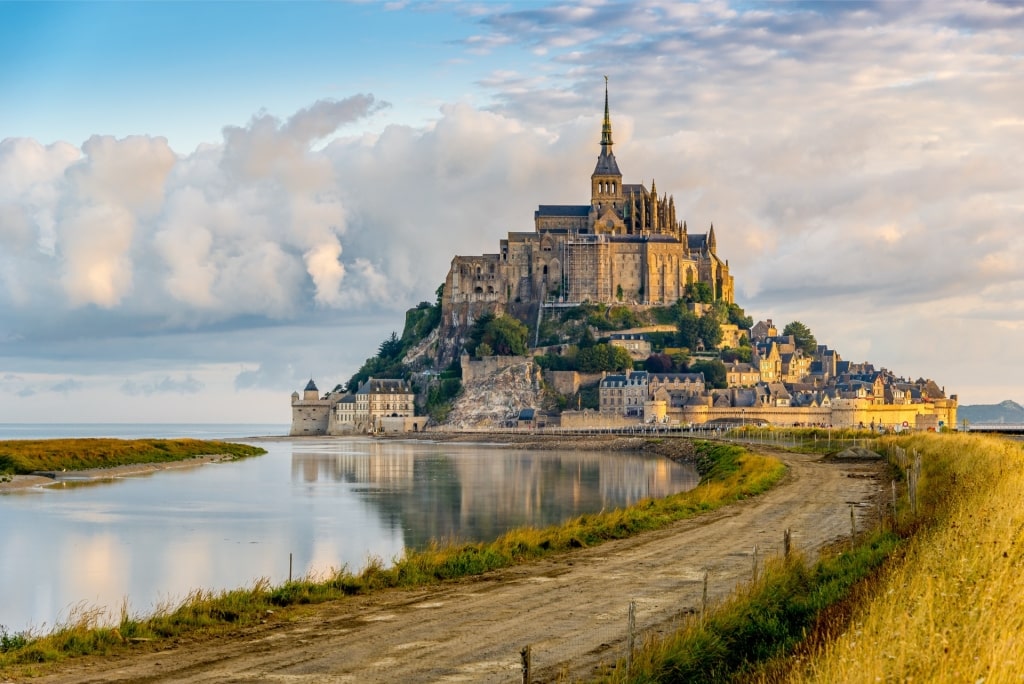
Mont Saint-Michel
On your quest to discover what is France famous for, be sure to add its impressive forts and castles to any list. These range from lovely châteaux and medieval fortress-like structures to Baroque palaces.
You can start in Le Havre, where the Spanish-style Château des Gadelles offers an interesting perspective on the city’s pre-WWII architecture and a unique blend of neoclassical and romantic styles. Although it’s private property and not open to the public, its exterior is worth viewing.
Though not technically a castle, Mont Saint-Michel, on an island near the Normandy coast, is an unmissable attraction. Mont Saint-Michel is a UNESCO World Heritage Site and features a dramatic Gothic abbey atop a hill, medieval alleyways, and panoramic views of the bay. It is one of France’s most recognizable landmarks.

Fort Royal, Île Sainte-Marguerite
In the south, consider visiting Fort Royal on Île Sainte-Marguerite, a historic fortress near Cannes. It’s easily one of the most famous prisons in French history, where the mysterious “Man in the Iron Mask” was imprisoned. You can explore the old cells and the fort’s maritime museum.
If you’re on the hunt for grand-looking strongholds, make your way to Château de Grimaldi in Cagnes-sur-Mer. Initially constructed as a fortress, it now accommodates a museum. With its lovely frescoed ceilings and modern art collections, it’s worth checking out.
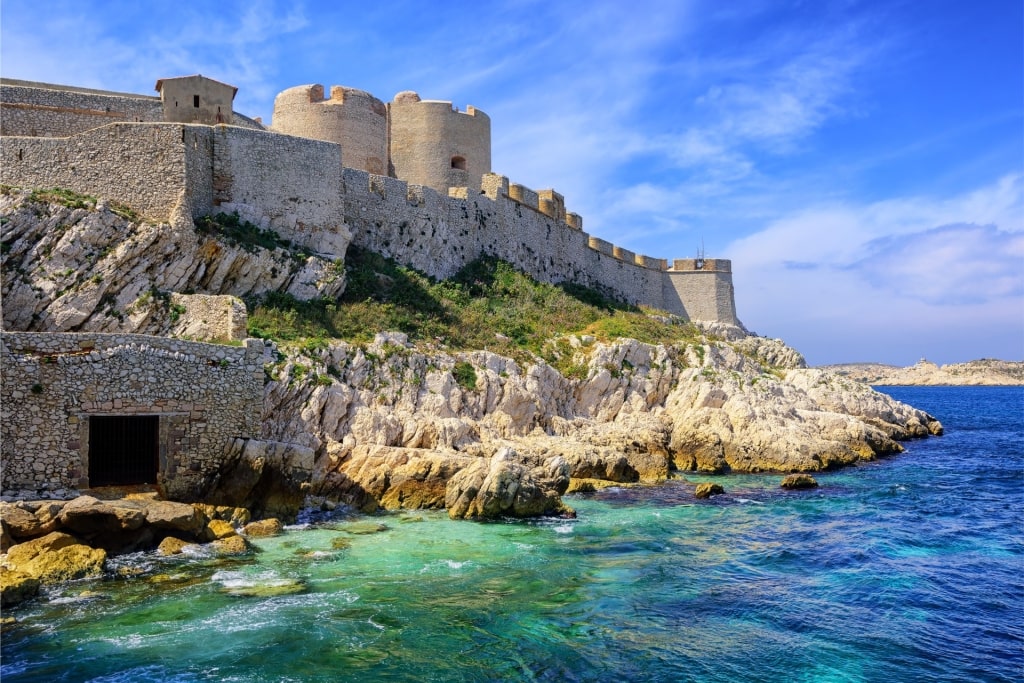
Château d’If
Another unique spot is the Château d’If, an island fortress located on an islet off Marseille. You can take a short ferry ride to reach the 16th-century fortress, which was once a prison, made famous by Alexandre Dumas’ book, The Count of Monte Cristo.
The Camargue
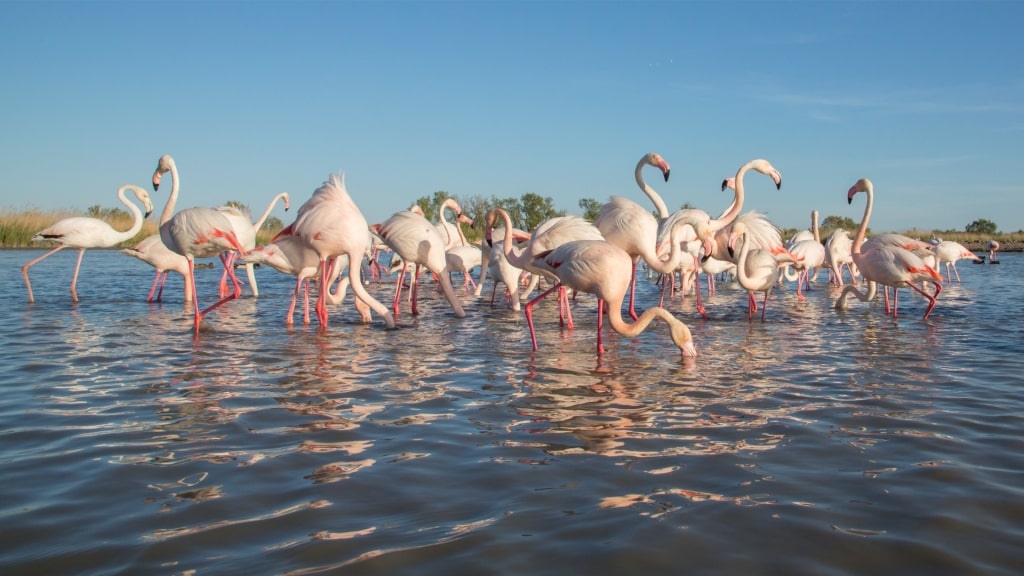
Camargue
The romantic Camargue lies at the delta of the Rhône River, less than a 90-minute drive from Marseille.
This windswept marshy area features exceptional culture and biodiversity that shouldn’t be missed. You can tour through the region on horseback, or else opt for a jeep safari.
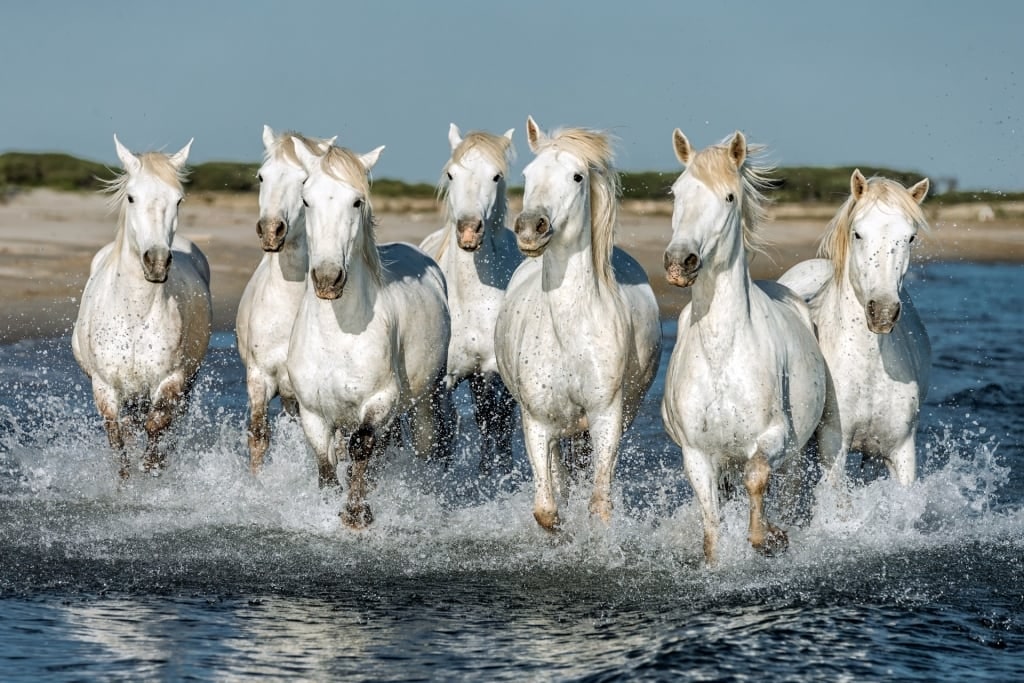
Camargue
The Camargue is known for its wild white horses, pink flamingos, and black bulls, all of which roam free here.
You can explore the area’s Aigues-Mortes salt marshes and the Parc Ornithologique du Pont de Gau, as well as learn about bull and horse breeding in urban areas like Arles and the fortified medieval city of Aigues-Mortes.
Luxury Shopping
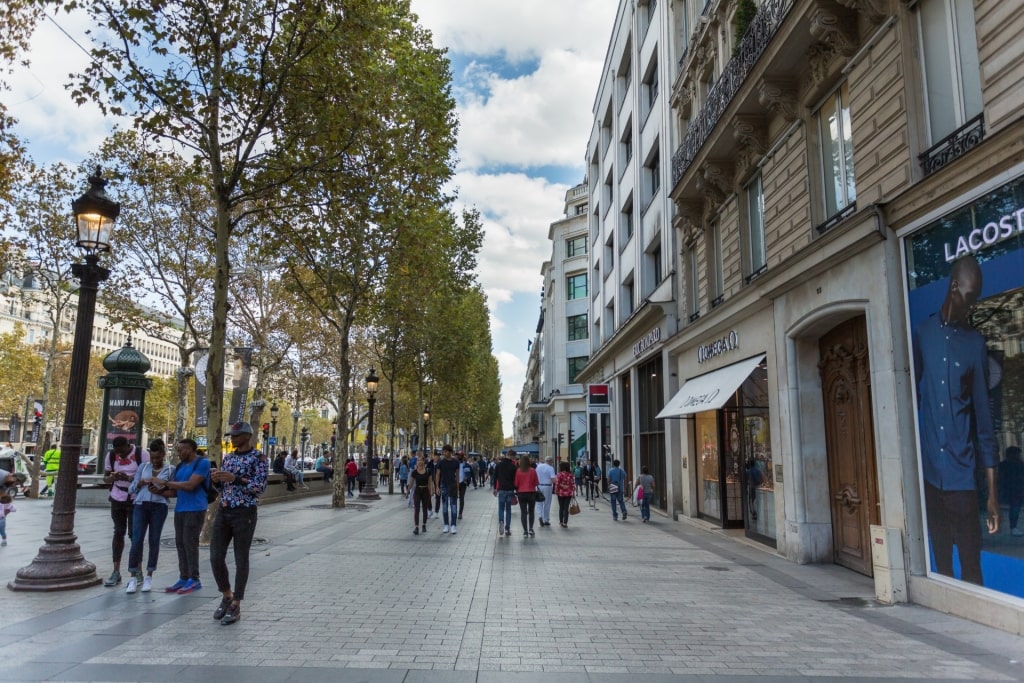
Champs-Élysées, Paris
For fashion and high-end shopping, France has been leading the world of fashion for decades, if not centuries. In different parts of the country, you can purchase everything from luxury designer couture clothing to exquisite jewelry, fine porcelain, and home furnishings.
Paris is known for shopping, and naturally, it’s the place to start. In the French capital, wandering the main boulevards and fashion avenues is an experience in itself.
The city has several renowned neighborhoods and streets for luxury shopping. The most famous is probably the so-called “Golden Triangle,” or Triangle d’Or, an area of Paris bound by Avenue des Champs-Élysées, Avenue Montaigne, and Avenue George V.
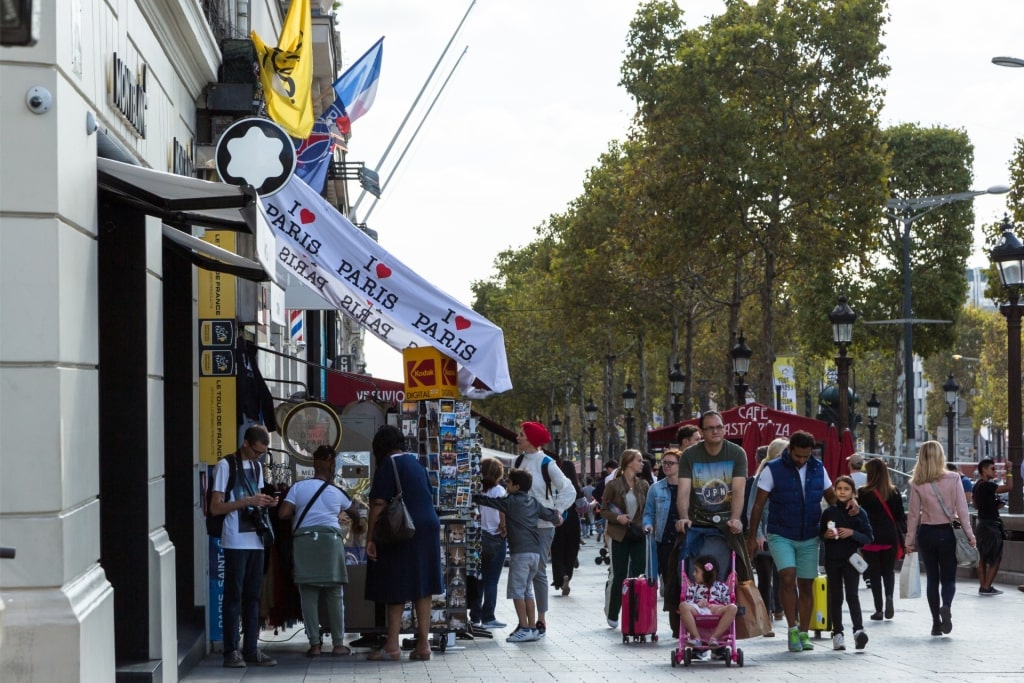
Champs-Élysées, Paris
Avenue Montaigne is a very prestigious avenue for haute couture and ultra-luxe clothing, featuring super-chic boutiques that often resemble art galleries inside.
The famed Champs-Élysées, home to many luxury brands, offers a diverse range of shops, cafés, and high-street shops.
Another iconic Paris neighborhood for luxury shopping is Rue du Faubourg Saint-Honoré. It has been an upscale retail street in Paris for years. It’s home to the Élysée Palace, several major fashion houses, and the original Hermès boutique flagship store.
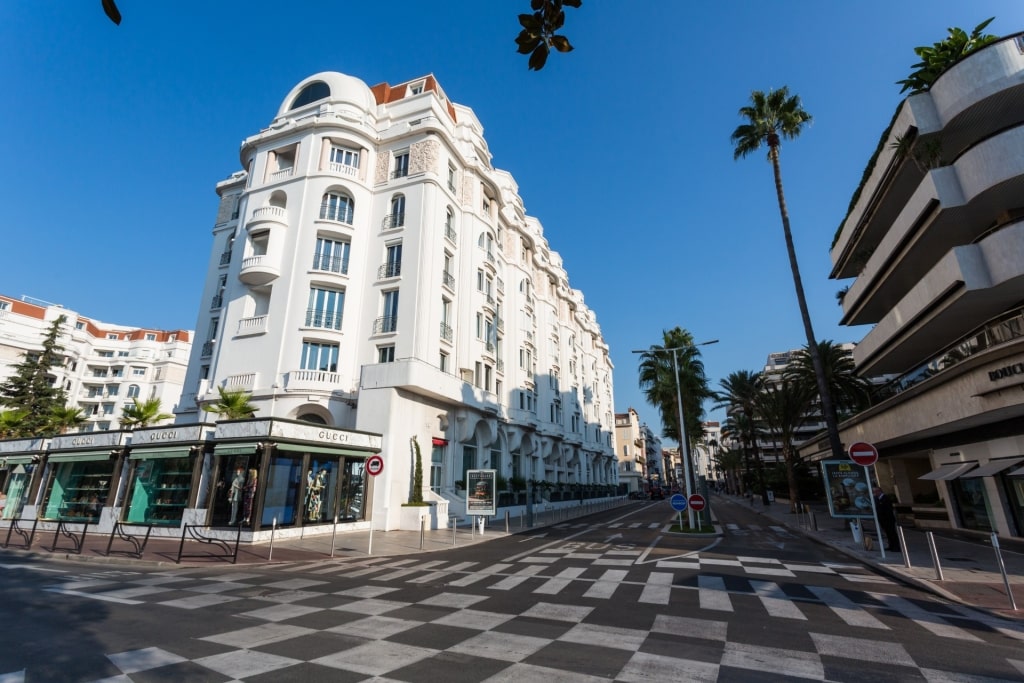
Boulevard de la Croisette, Cannes
Meanwhile, one of the best things to do in Cannes is to walk the Boulevard de la Croisette. The waterfront promenade is lined with elite hotels and very high-end designer stores, such as Cartier, Louis Vuitton, and more, making it a terrific spot for shopping by the bay.
In Nice, a central shopping area to check out is the Avenue de Verdun, which is filled with designer stores, jewelers, and art galleries. You’ll also find plenty of classy boutiques in Nice’s Carré d’Or district.
The Lérins Islands

Île Sainte-Marguerite
From Cannes, ferries operate to the Lérins Islands, an archipelago consisting of two main islands, Sainte-Marguerite and Saint-Honorat.
If you adore nature, Île Sainte-Marguerite is the place to go. Follow the island’s beautiful walking trails through a nature preserve, offering a mix of pine and eucalyptus forests, pretty coves for swimming, and the Fort Royal.
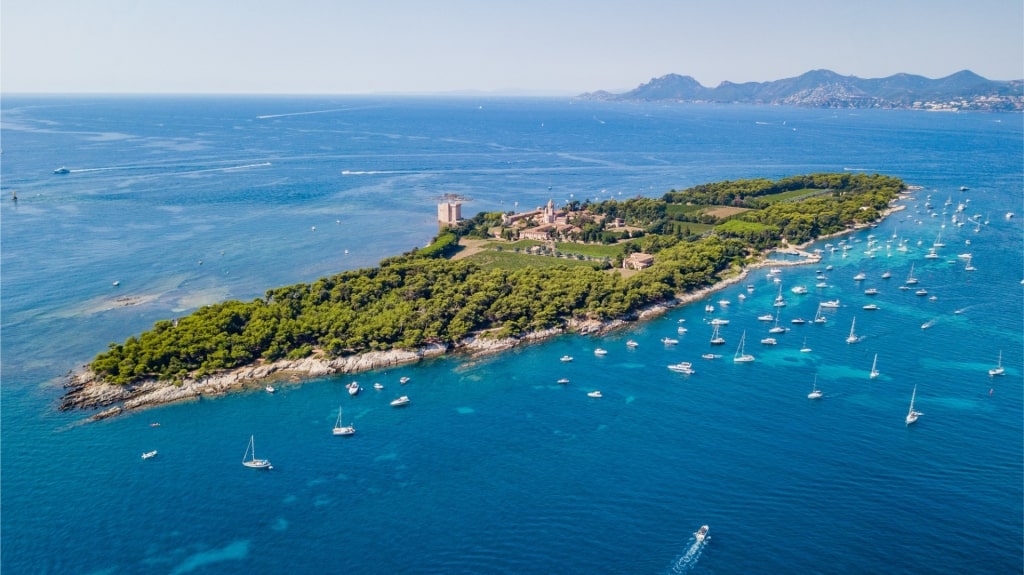
Île Saint-Honorat
Île Saint-Honorat, on the other hand, offers a different take on nature and religion. This small island is also draped in pine forests, as well as vineyards, and the impressive medieval Lérins Abbey, with a long-standing community—dating back to the 5th century—of Cistercian monks.
The monks ferment and sell their own wine and liqueur, which means you’ll be able to pick up a bottle or two on the way home after strolling through their vineyards and olive groves.
Ancient Roman History
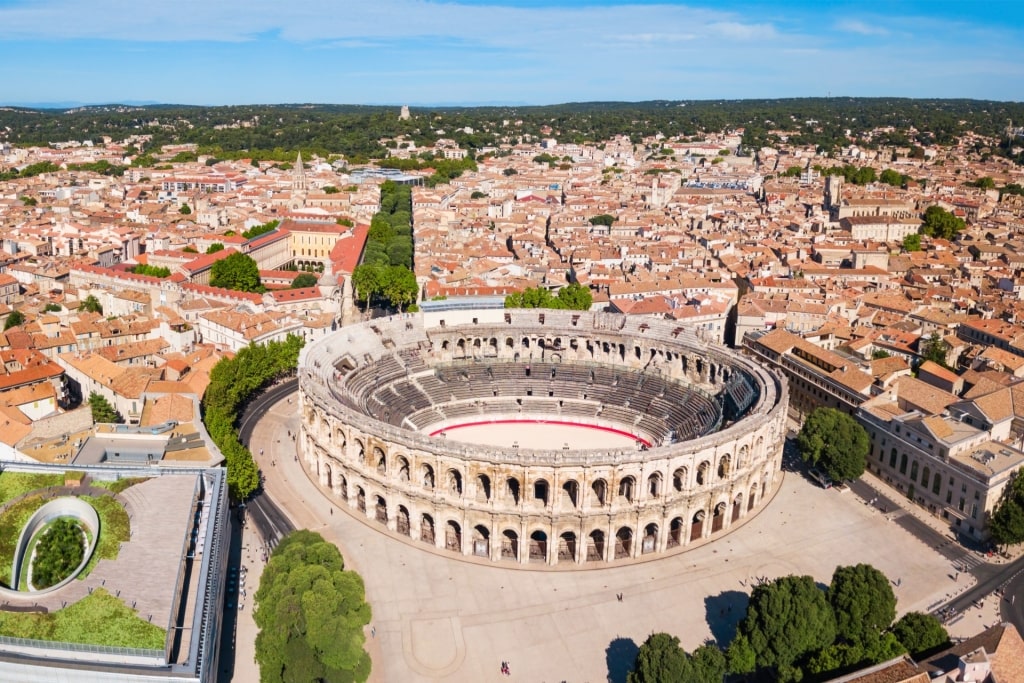
Nîmes
France, and southern France in particular, has a long history dating back to the time of the Roman Empire. When in Provence, you’re in what was once known as the Roman province of Gallia Narbonensis.
Nîmes, in particular, is famed for its Roman antiquities. A day trip to Nîmes and its surrounding countryside, only an hour or so from Marseille, is a must for any fan of Roman history.

Amphitheatre of Nîmes
The principal Roman attraction in Nîmes is its ancient amphitheater, which is one of the best preserved Roman amphitheaters in the world and is used today for concerts and, during the Feria de Nîmes, bullfights.
When you arrive, you can take in the arches and climb the rising seating of this incredible structure.
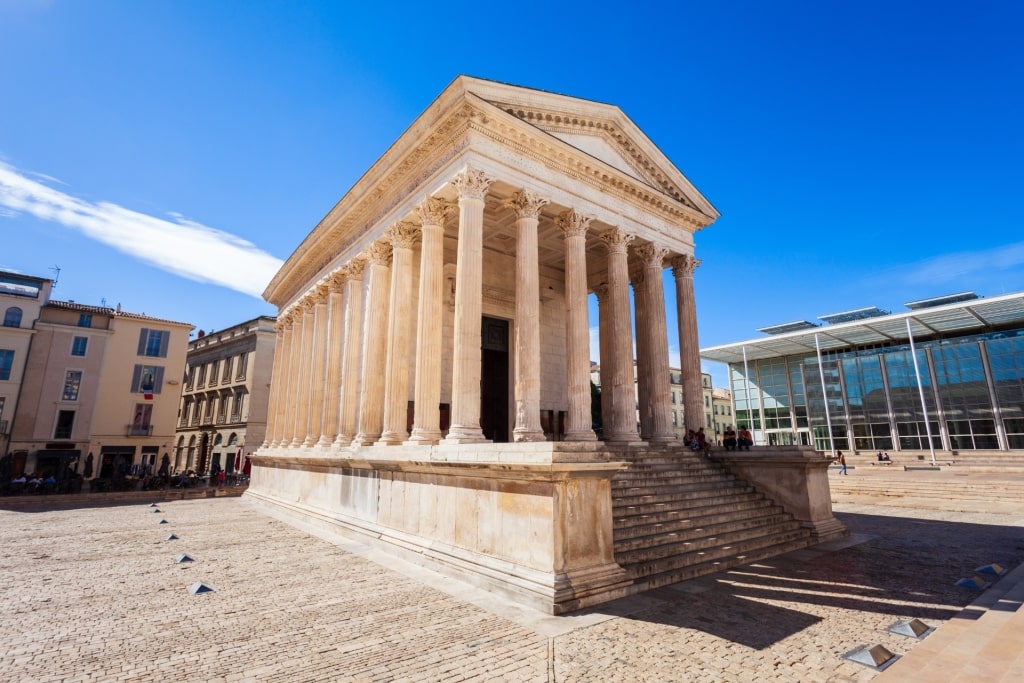
Maison Carrée, Nîmes
Second among the major Roman attractions is the Maison Carrée square house. This perfectly preserved Maison Carrée temple was dedicated to Gaius and Lucius Caesar, and is an incredible example of Roman architecture, with its gorgeous ratios and Corinthian columns.
Another notable, if relatively small Roman monument in Nîmes is the Porte d’Auguste, or Augustus Gate. Built in the 1st century BCE under Emperor Augustus and as part of the defensive walls of the city, this four-arched gate also marks the Via Domitia, an important Roman road that once linked Italy with Iberia via southern France.
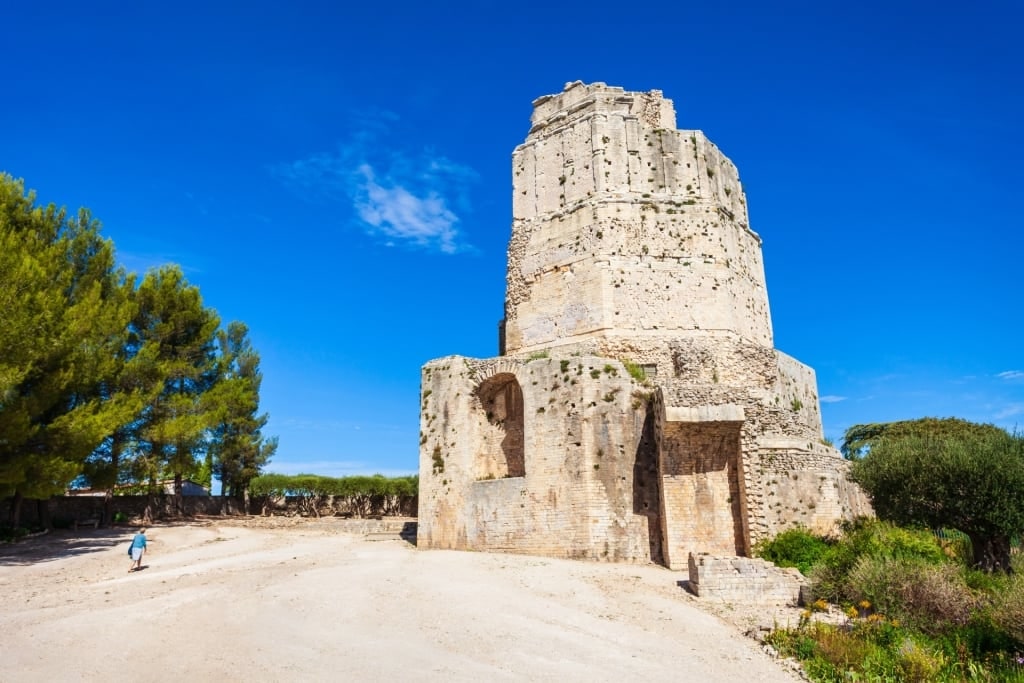
Tour Magne, Nîmes
Nîmes is also scattered with additional Roman artifacts worth exploring, including the Tour Magne, an ancient Roman tower, which offers panoramas over the city, and the Jardins de la Fontaine, a park built around a Roman spring and the ruins of the Temple of Diana.
French Perfumes
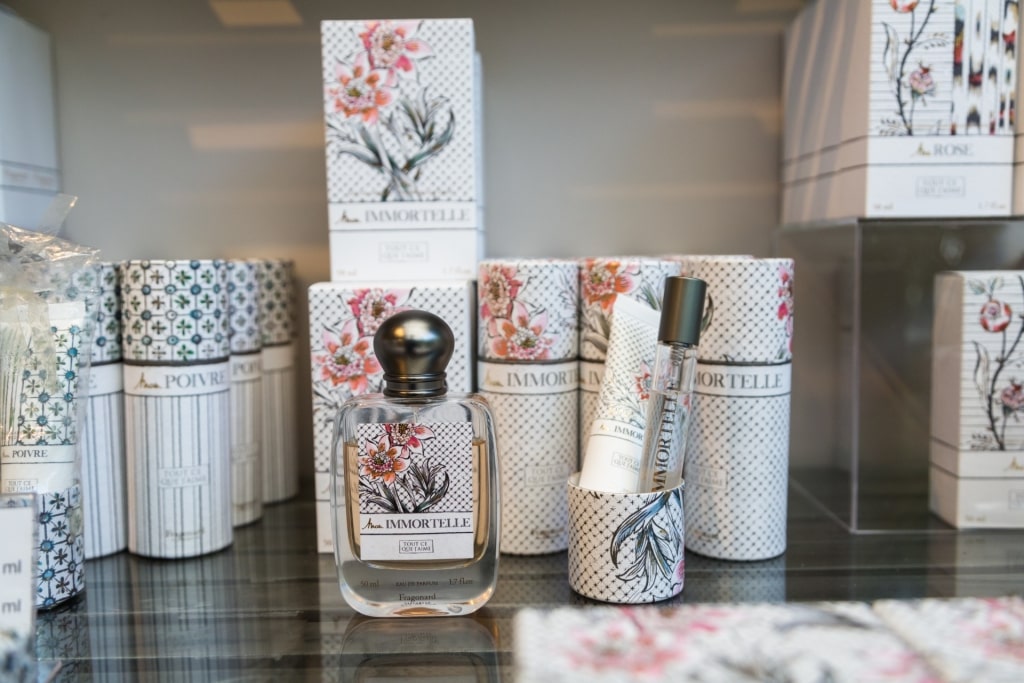
French perfumes
One of France’s most notable exports is perfume. The French, during the Renaissance, began to make a much stronger commitment to the art of perfumery.
Fragrances were, for example, used by the royal court of Catherine de’ Medici and Louis XIV to mask odors and to signify status, which helped popularize the French perfume industry later on.
The town of Grasse in Provence, with a historic link to leather tanneries, is the center of production of French perfume today, and is known as “the world’s perfume capital.”

French perfumes
The French Riviera’s warmth is well-suited for jasmine, may rose or cabbage rose, lavender, orange blossom, and other ingredients ripe for the extraction and distillation techniques developed by locals over the years to create fragrances.
Skilled perfumers or “noses,” or nez in French, who produce traditional and modern scents, are still apprenticed and working in Grasse to this day, with the town playing an oversized part in France’s perfume sector.

Fragonard Perfume Factory
When you’re in the south, you can visit perfume houses in Grasse, such as Fragonard, Molinard, or Galimard, for tours of their museums and factories. In Paris, you can explore the retail world of perfumes in fine perfumery boutiques, including those of Chanel, Guerlain, and Dior.
Read: Summer in France
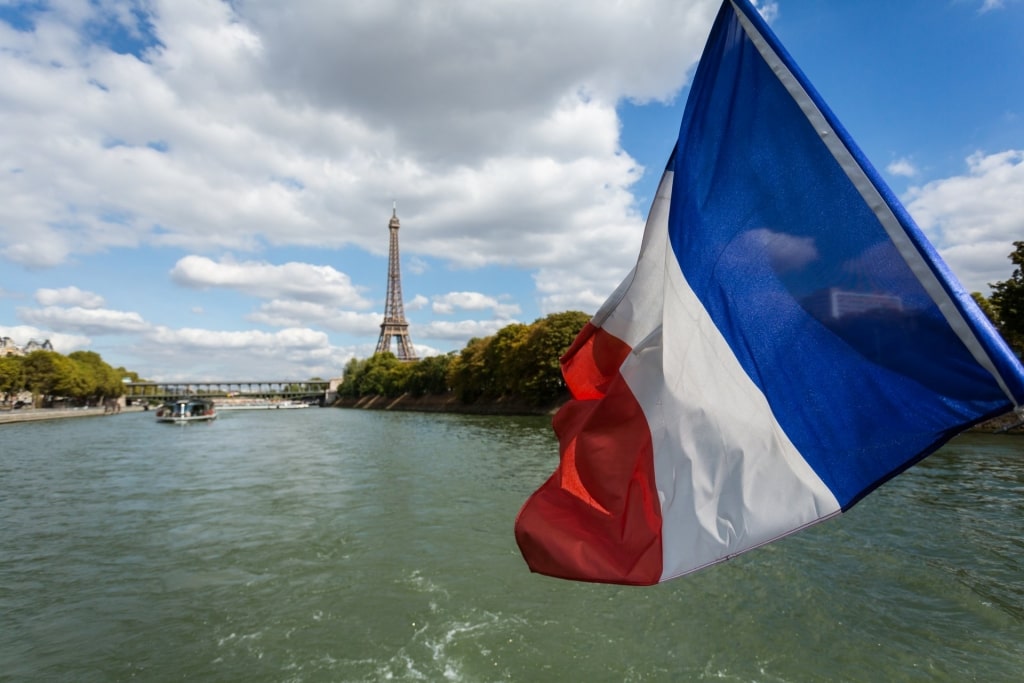
Seine River, Paris
Experience the rich and complex culture of France on a cruise to the country’s historic ports and picturesque coastal regions. Browse our France cruise itineraries online and book your next vacation today.
